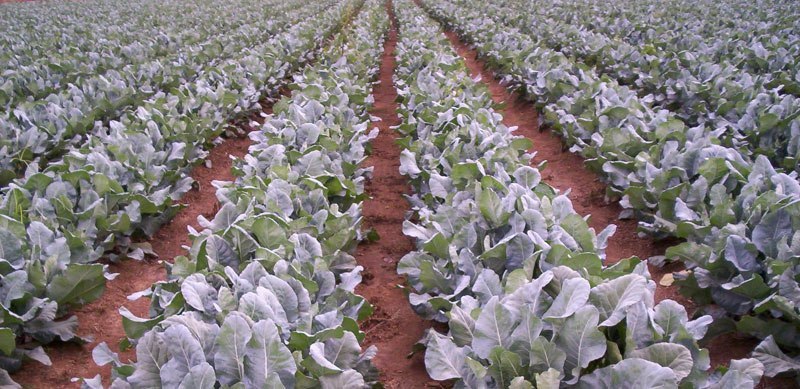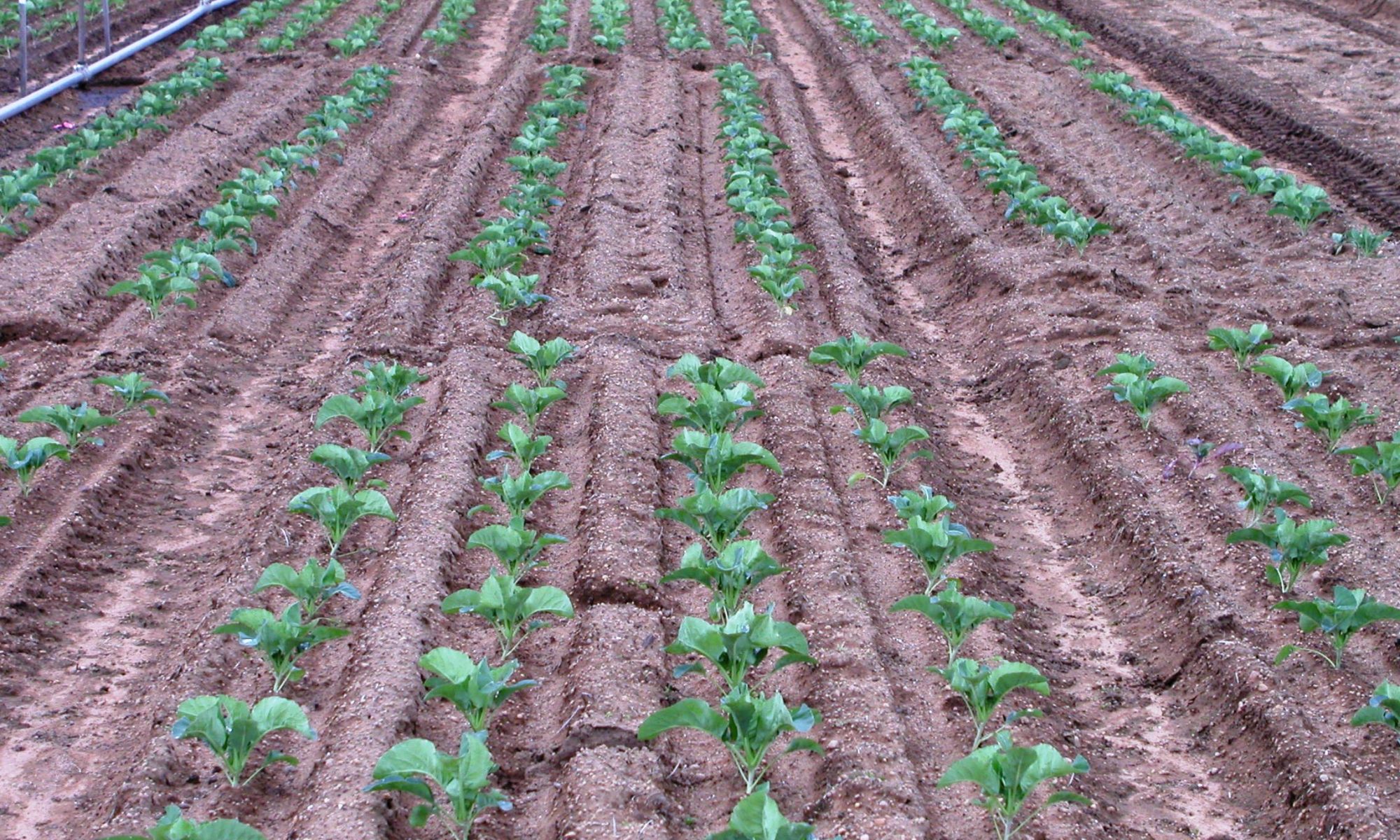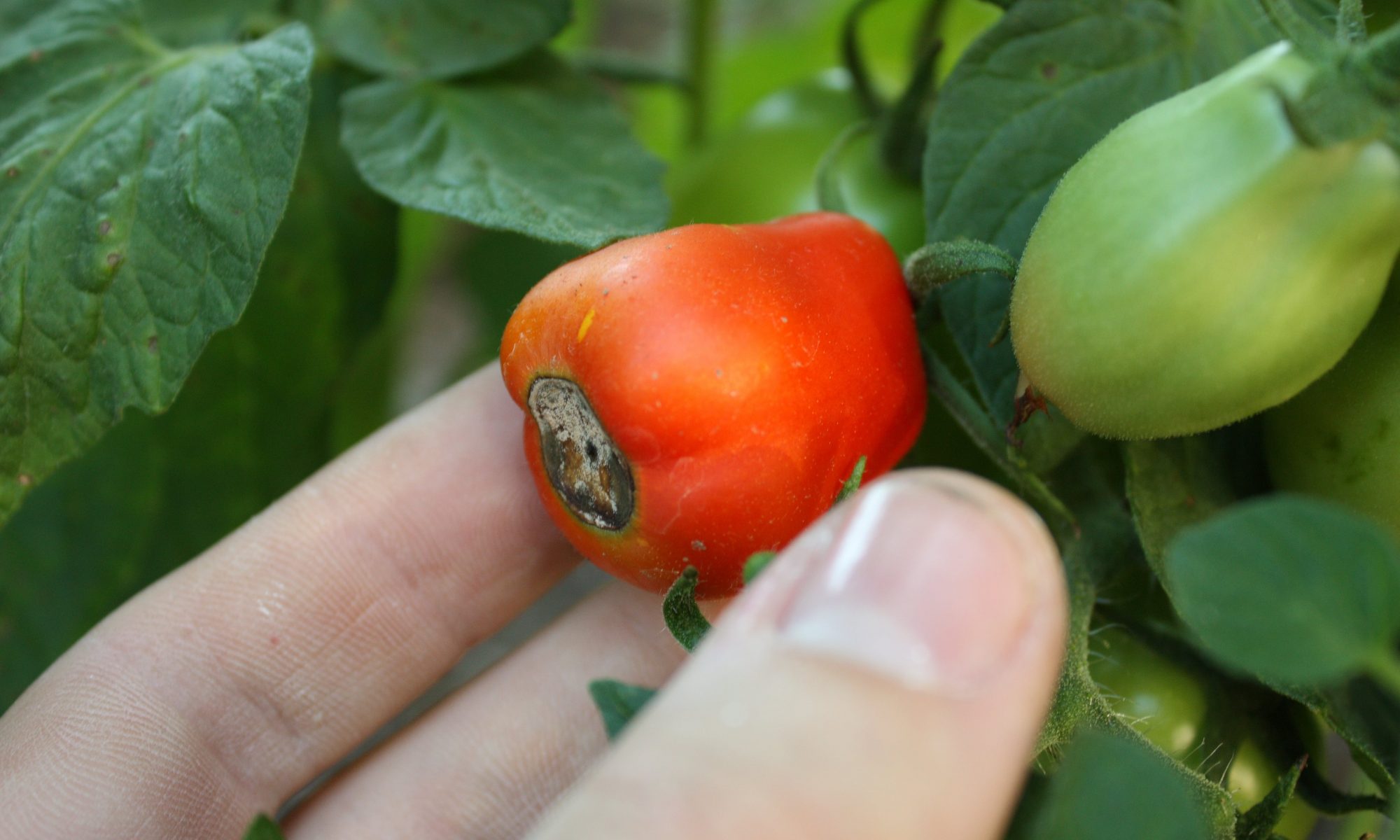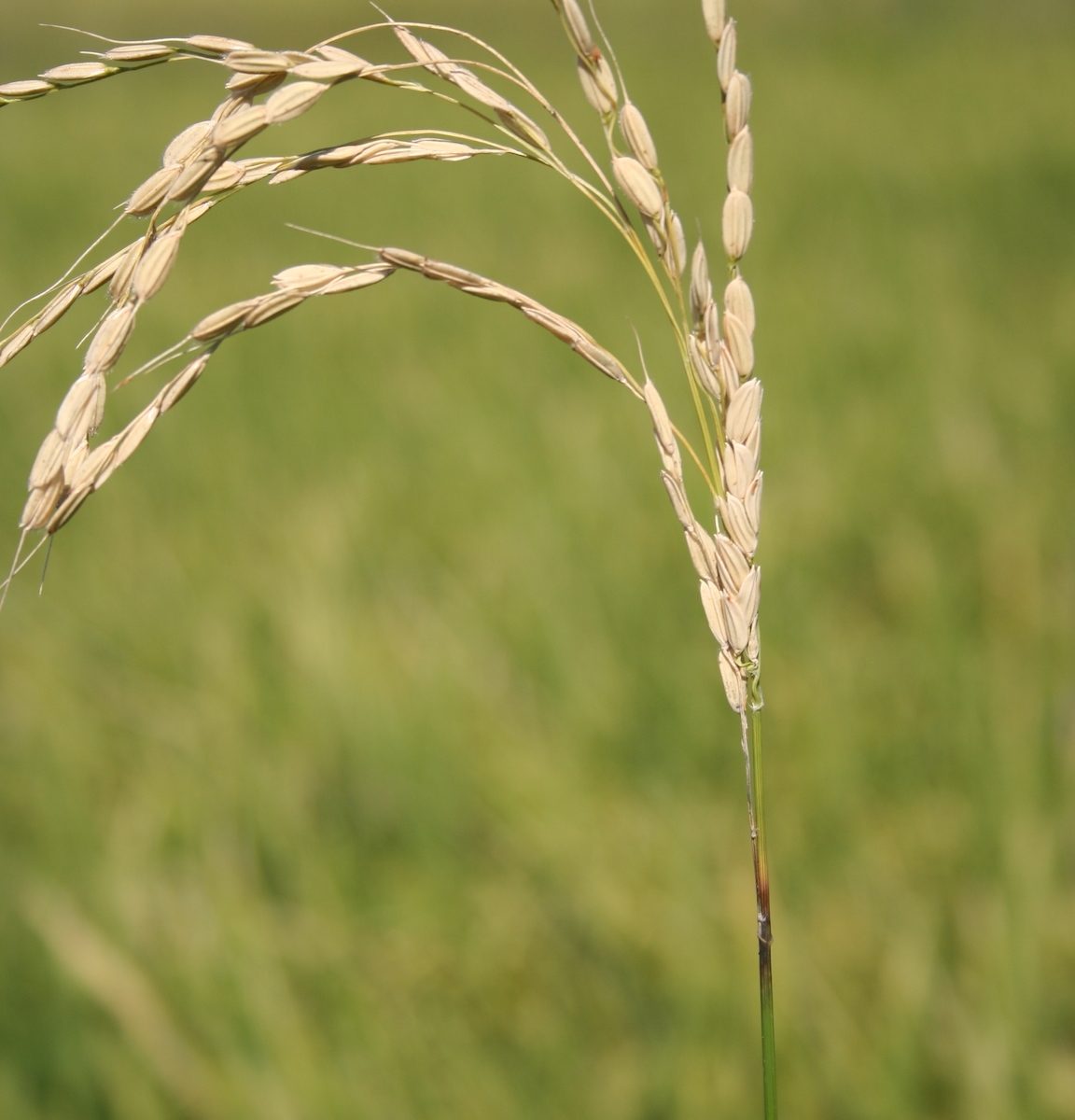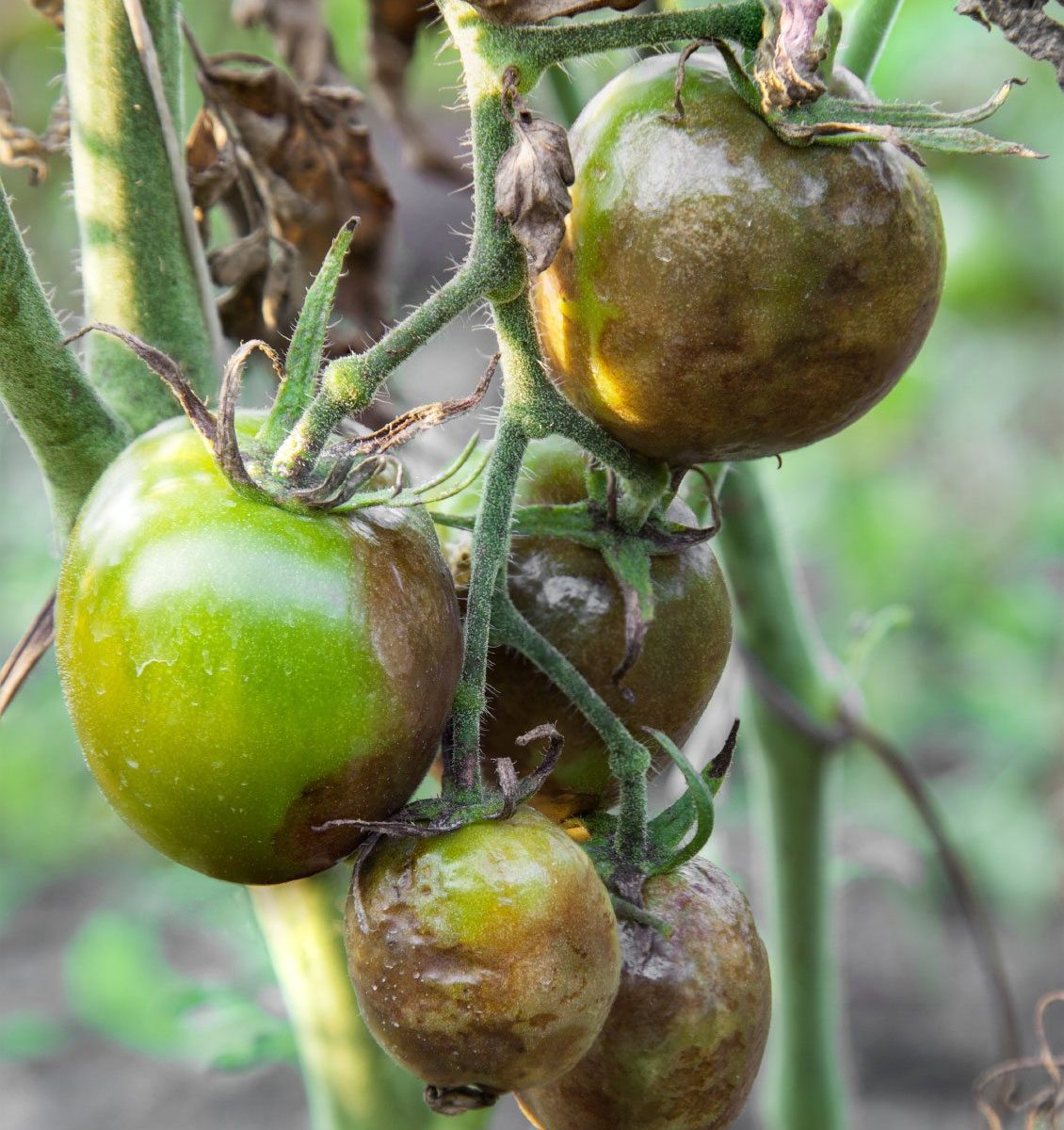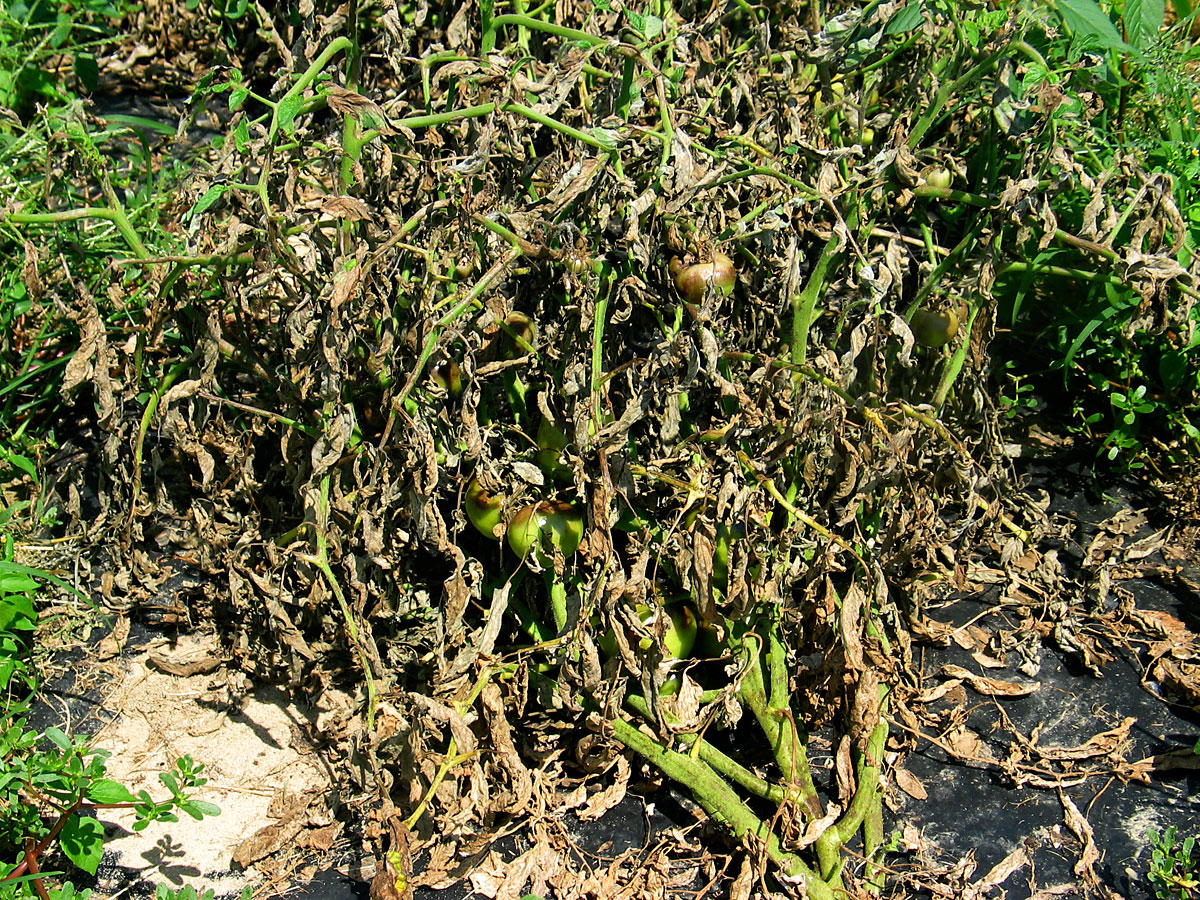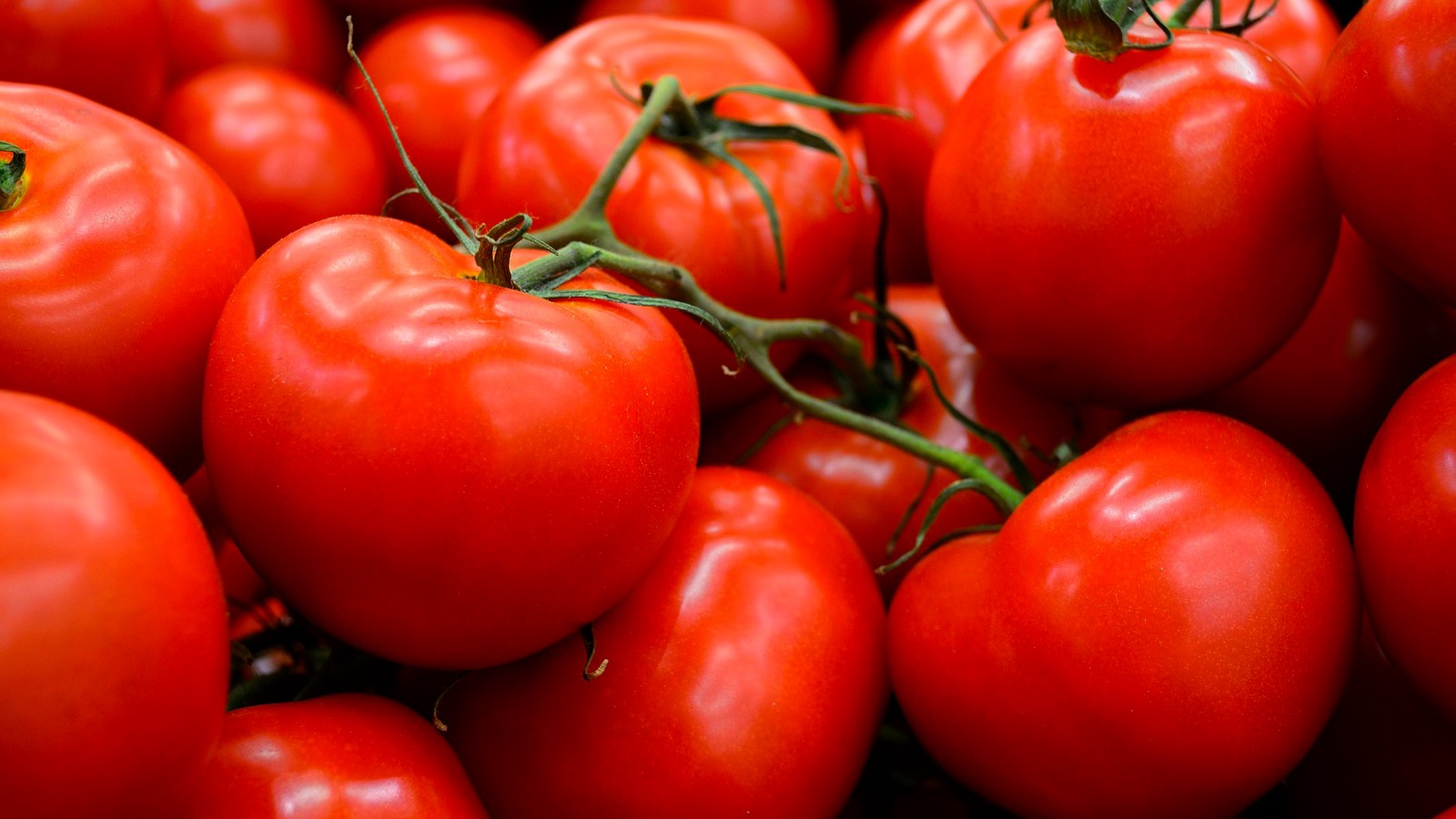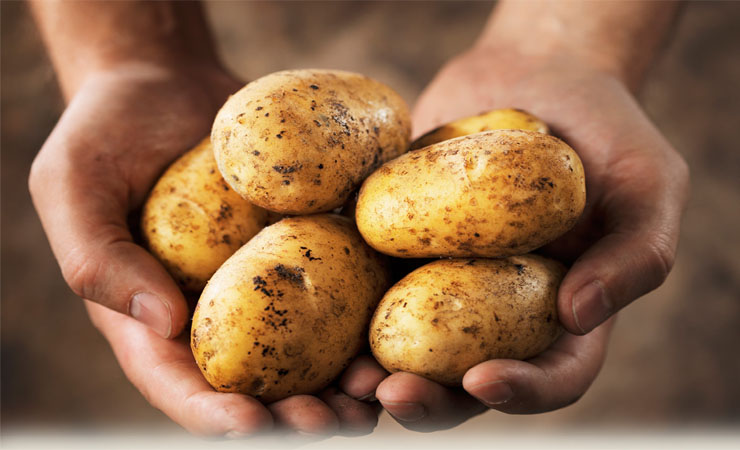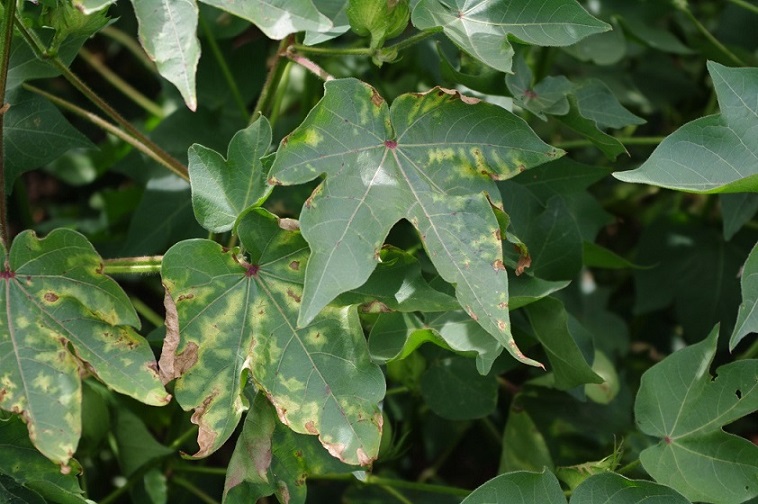- The planting distance may vary according to variety early, mid and late.
- planting seasons (Rabi, Kharif, and Zaid ) and soil conditions (light, medium and heavy).
- The following distances are generally recommended on the basis of the maturity of varieties.
- For early varieties:- 45 X 45 cm.
- For mid varieties:- 60 X 40 cm.
- For late varieties:- 60 X 60 cm. or 60 X45 cm.
Like and share with other farmers by clicking on the button below.
Share
